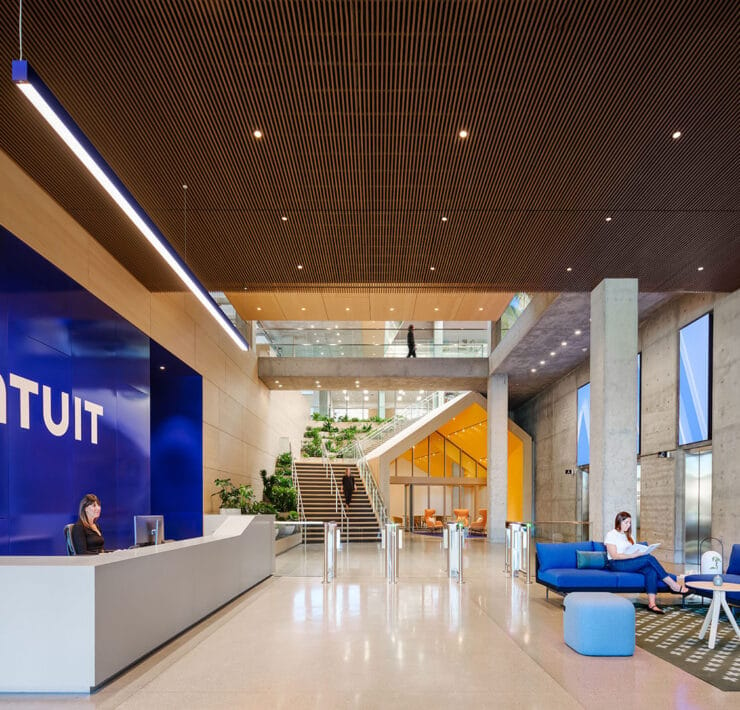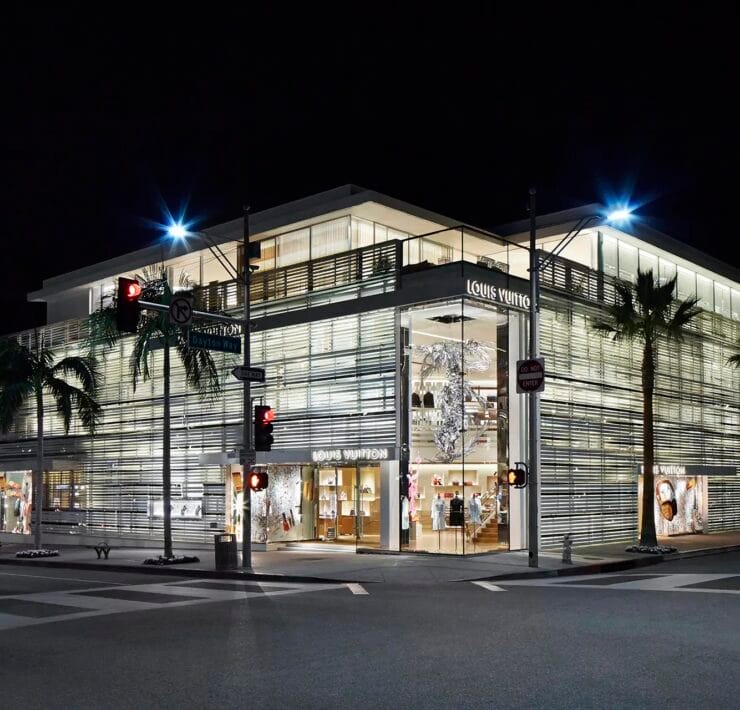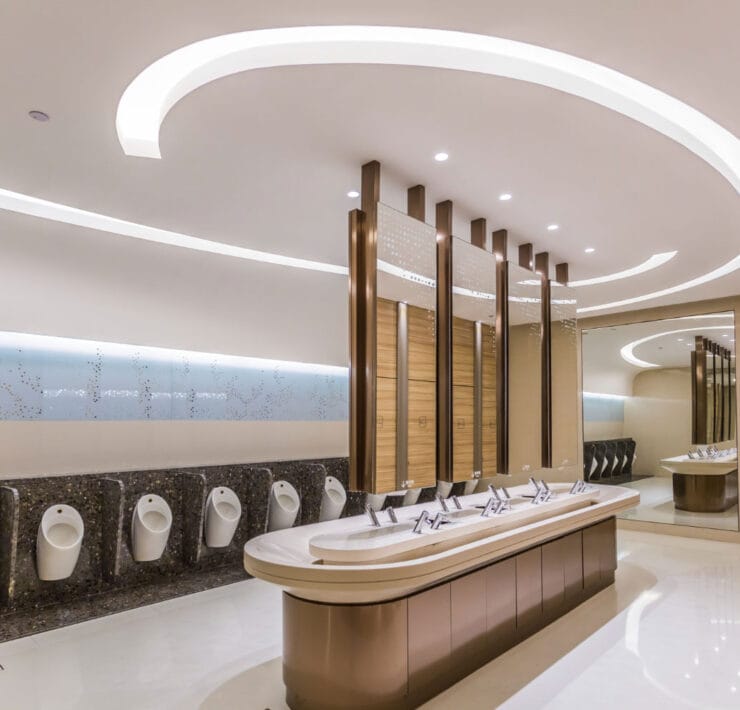Studies confirm that the blue light emitting from smart phones, tablets, and computers may hinder sleep patterns. It‘s also been found that the blue light adversely affects mood. So, does blue light impact how one performs in school?
When it comes to the role of lighting in the classroom, having the right form of light is fundamental to the student’s ability to concentrate.
Fluorescent lights plague many classrooms. This is because the flickering of fluorescent lights, as well as poor release of lighting, interferes with the student’s concentration. However, dynamic LED lights are an ideal replacement because they don’t flicker like fluorescent lights and can also offer better lighting overall.
Here are three ways that lighting in the classroom can affect the student in the classroom.
1. Mood and Concentration
Walk into most classrooms today and you’ll notice that fluorescent lights line the ceiling. Despite advances in lighting technology, these dated lights have remained the same.
Unfortunately, fluorescent light flickering is linked to not only lack of concentration aMing students, but also to mood. One 2009 study from a sample of 90 U.K. schools found that an “imperceptible 100 Hz flicker from fluorescent lighting” inside classrooms can cause “discomfort and impair task performance” (Winterbottom 2009).
LED lights are an alternative to fluorescent lights for schools seeking to combat poor concentration.
When we think of waking up and being productive, people tend to think a yellow light is what matches the sun. However, it’s actually the blue light that emanates from the sun in the morning which induces the feeling of being awake and ready for the day.
6,500 Kelvin (K) lighting is considered ‘cool’ and most closely resembles sunlight that’s ideal for a productive environment in which students take tests. 3,500 K lighting, which is much ‘warmer’ with tones of yellow, is ideal for recess as it provides a more relaxed environment. 5,000 K lighting is ‘neutral’; ideal for activities such as reading.
The Epsom and Ewell High School is the first school in the U.K. to have a classroom lighting system, Philips’s SchoolVision, which is specifically designed to improve the learning environment for pupils using dynamic LED lighting. A study of this U.K. high school indicates that the implemented lighting system has had a positive impact on student concentration levels.
2. Academic Performance
It might not seem like a big deal, but, as mentioned, lighting is important. Classrooms with LED lighting instead of fluorescent actually score higher on tests and show a higher level of concentration.
Students show increased productivity during tests when given the opportunity to work under 6,500 K lighting than students working under fluorescent lights.
The Epsom and Ewell High School discovered similar results after installing SchoolVision. City University London carried out a series of standard D2 tests, which measure concentration, as well as focus group research with teachers and pupils. This research shows that:
- Year seven pupils in one SchoolVision classroom increased test scores by 17 points
- Year seven pupils in the other SchoolVision classroom improved test scores by 40 points
- A control group demonstrated no improvement in concentration levels over the same time frame
These findings echo those from other research into the effects of the SchoolVision lighting system. A yearlong study in a primary school in Hamburg, Germany found that, with the SchoolVision lighting system, student reading speeds increased by 35 percent, frequency of errors fell by almost 45 percent and restlessness was reduced by 75 percent.
Not only did concentration improve, so dI’d test scores. Studies by The Optical Society (OSA) show that dynamic lighting improves student classroom performance. When lighting was at 6,500 K, students scored higher on tests and performed better. Reading activities were ideal in a 3,500 K environment.
3. Alertness
Remember coming in from recess, full of energy, and the teacher wheeled out a TV and turned off the fluorescent lights? This signaled for us that it was time to calm down and get ready for another lesson.
Putting lighting into teacher control can help students focus on learning. For example, a presentation at the front of the classroom can be more effective by giving the instructor the option to adjust classroom lights according to location of lights, not only the type of light being usee. Keeping lights on at the front of the room can highlight the lesson.
Though some schools are taking action to change fluorescent lights to more adjustable LED lights, schools have a long way to go toward making progress on improved lighting. Costs for positive lighting adjustments need not be exorbitant. Consider certain cost and expense analysis when transitioning from fluorescent to LED lighting.
Simply changing lighting in a learning environment can markedly improve education. As classrooms advance, teachers everywhere should expect to be as excited as students to realize the benefits of a well-lit space.
The potential reward is the brighter student.
Alcon Lighting creative director and co-founder David Hakimi works to improve lighting through research, development and education. David strives for efficiency in lighting, affording architects, lighting designers and engineers the ability to maximize LED lighting design and application. David is a graduate of the University of California, Los Angeles, where he received a Bachelors in history. David also studied lighting design at IES in Los Angeles. He traces his and Alcon Lighting’s commitment to innovation, accountability, quality and value to lessons learned from his father, Mike Hakimi, a lighting craftsman, salesman and consultant in Southern California for more than four decades. Today’s lighting for commercial use requires a deep, complete understanding of smart lighting systems and controls. David takes pride in his lighting, energy controls and design knowledge. He is driven by the desire to share his insights into lighting specification and application. This quest to share his knowledge was the impetus for David to create Insights, Alcon Lighting’s blog and resource center for helping the reader understand lighting and its application to space.





